How can a bike ever be worth £45,000 — or — $57,000?
We investigate what makes a bike a money-spinner
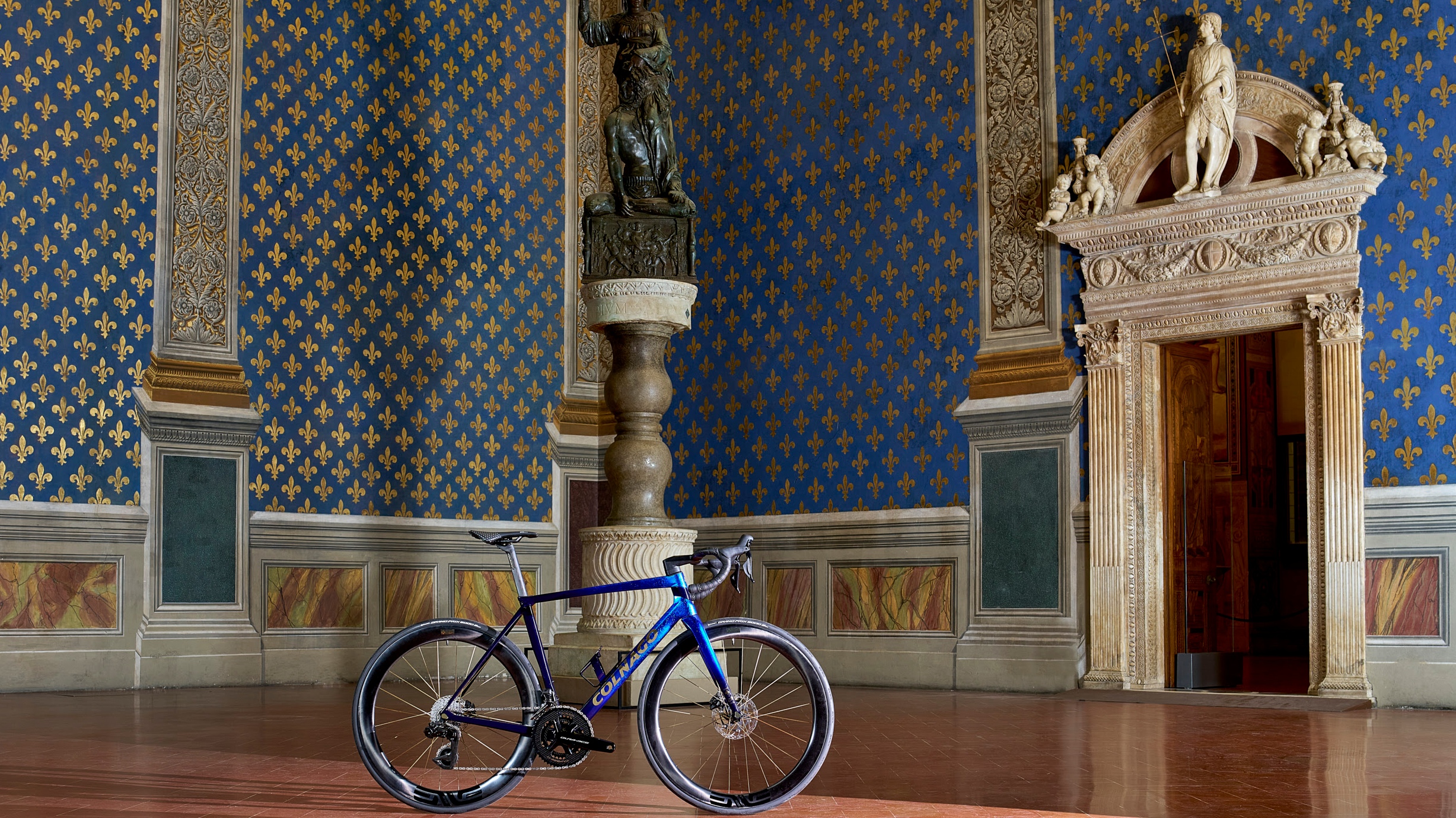

When Tadej Pogačar rode onto the dais for the team presentation the day before the 2024 Tour de France grand départ in Florence, he was astride a custom Colnago C68, complete with a solid gold head tube badge, number one of a limited run of 111 Colnago Fleur de Lys bikes.
Despite Pogačar riding the bike for perhaps a few hundred meters, it sold at auction at Sotheby’s in London a few days later for over £45,000/$57,000.
But, how does a bicycle earn a £45,000/$57,000 price tag?
Rarity sells
Pogačar’s Colnago had a few things going for it as an investment piece: it was ridden, albeit briefly, by the first cyclist to win the Giro d’Italia and Tour de France in one year since Marco Pantani in 1998; it came from a limited run of bikes; and Colnago had embedded a NFC chip in the frame listing Pogačar as its first owner, thus validating the bike’s provenance.
Despite the Pogačar stardust, provenance is not a major contributor to a bike’s value as an investment, says Brian Reid, owner of Golden Age Cycles based in Oxfordshire, who specializes in buying and selling vintage bikes and components.
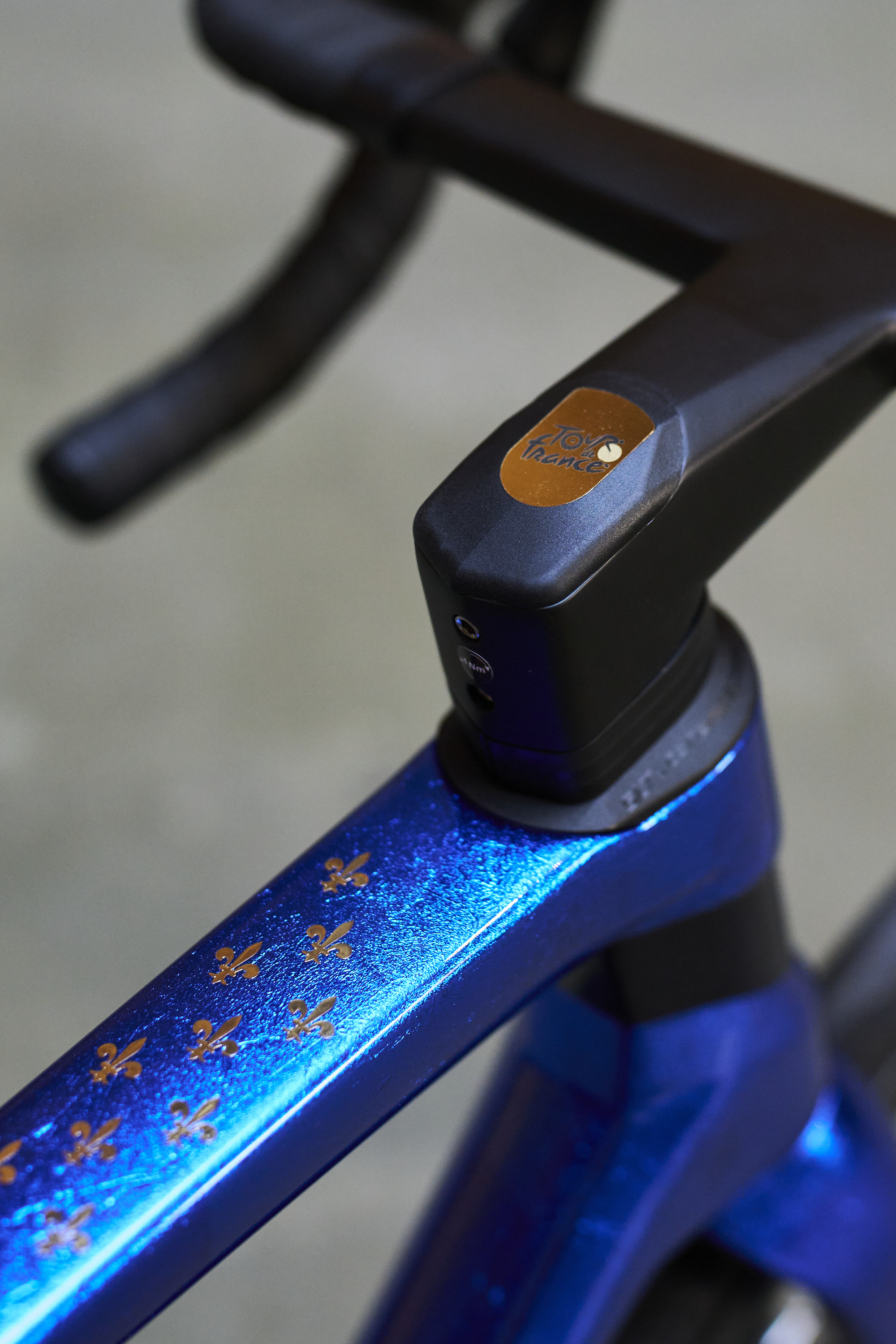
Pogačar's Tour themed C68 was ridden to the team presentation, only
“Rarity and condition are very important,” says Reid. “Although people try to sell bikes based on provenance, it isn’t so important. Brad Wiggins rode this or Miguel Indurain rode that doesn’t seem to attract sales that much.
“I’ve had a Sean Yates bike for a couple of years that hasn’t sold and another given by Eddy Merckx to a young Belgian cyclist, which I don’t think will add much to the value.”
The latest race content, interviews, features, reviews and expert buying guides, direct to your inbox!
But scarcity is definitely a plus point. Reid highlights the Lotus 110 as an ideal investment bike. It was produced in small volumes, just 326 he says, everyone knows what it looks like and there’s nothing similar. A bike’s condition is also important, another plus-point for Pogačar’s Colnago.
In good condition, a Lotus 110 can fetch £15,000 or more and Reid had one collector who made three trips from Texas before buying a Lotus bike from him. It’s not just Pogačar’s Colnago that’s potentially a good investment; Colnago Master Decor bikes from the 1990s are also highly desirable.
Original components are also important, again pointing to zero or low mileage as contributors to a bike’s potential value. Original paperwork and receipts add value too, Reid says.
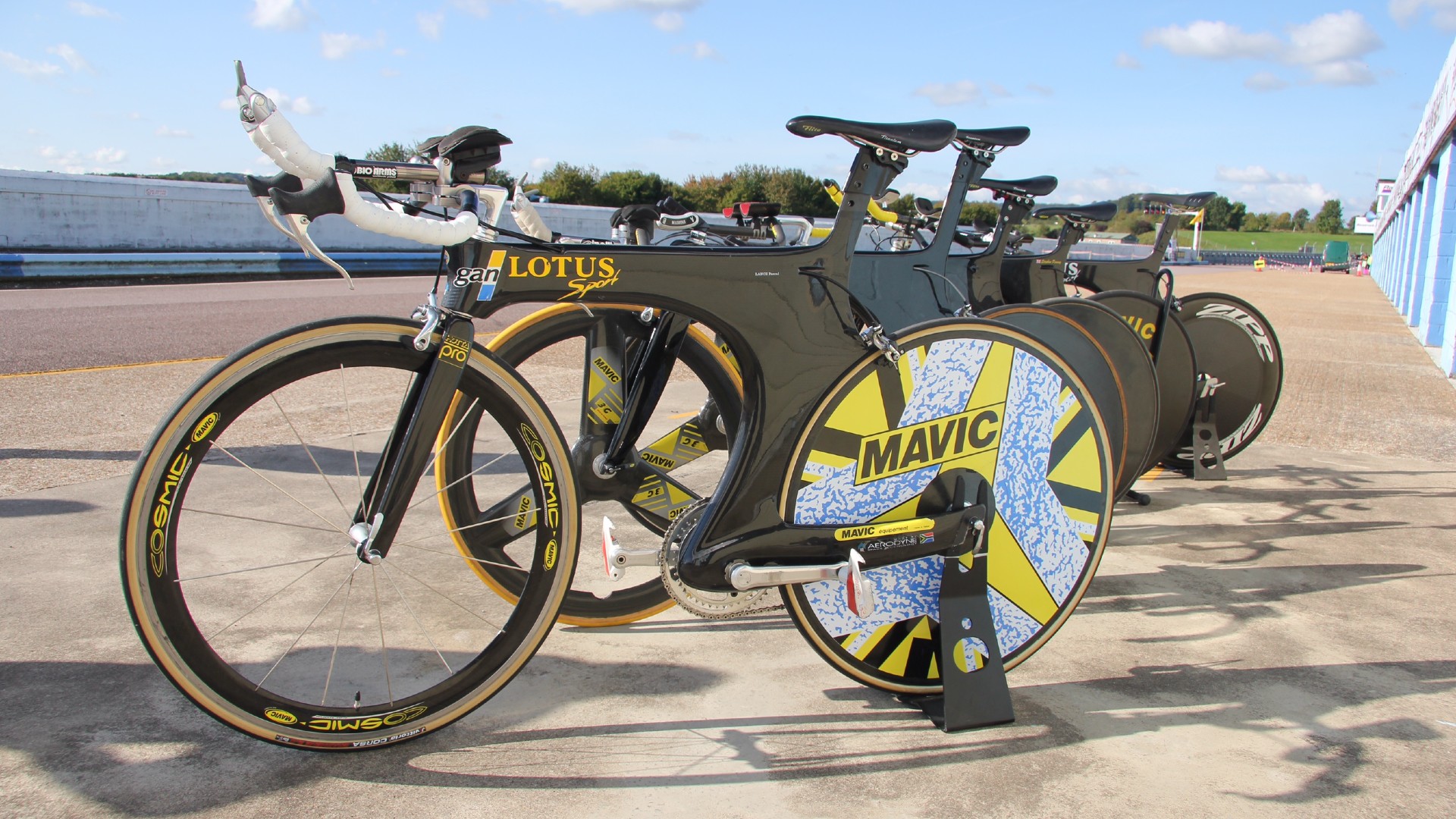
The Lotus 110 is an 'ideal investment bike'
So an ideal investment bike is likely to have been kept in a garage and ridden at most on special occasions and summer days.
But Reid compares the vintage bike market to other collector’s markets, such as vintage cars and motorcycles and, to a certain extent, art and fine wines. They’re a luxury purchase and subject to turns in economic conditions and also changes in what’s in fashion.
“There’s lots of groupthink,” Reid says. “If you see 50 immaculate Colnagos on Ebay, you think ‘maybe they’re not that sought-after after all’.”
The market is also very cyclical, he says. Reid started Golden Age Cycles in 2014 and the Eroica events which ran around the world and, in the UK, in Derbyshire were a major driver of increased value of retro bikes in his company’s early years.
Covid saw the market for bikes – any bikes – surge and pre-used bikes were no exception. Collectible bikes suffered the post-Covid bicycle sales slump too, paired with inflation and the Liz Truss effect, where interest rates skyrocketed under the British Prime Minister’s 49-day leadership, although Reid claims that positivity is now returning to the collectible bike market. The cancellation of Eroica Britannia in 2022 did hit the UK vintage bike market though.
However, the market for cycling collectibles isn’t confined to the UK, with many of Golden Age Cycles’ sales shipped to the US. Small wheelers such as vintage space frame Moultons are popular in countries at the Pacific rim.
Components can have value too
It’s not just bikes; there’s also a thriving market for components. As with collectible toys, unused and preferable boxed add value.
Some older Campagnolo Record groupsets and early Shimano Dura-Ace are desirable, as are Campagnolo Delta brakes.
A component doesn’t have to be high-end to have collectible value though. Reid highlights the PMP L-shaped cranks as sought after, as also the Campagnolo Sport rear derailleur. The latter was a low spec model that didn’t sell well, but it’s rare and still marked with the Campagnolo name, so collectors like it.
Which newer bikes might turn a profit?
One driver for a bike’s desirability that Reid highlights is the opportunity to own a bike that a collector lusted after but couldn’t afford when younger. Ten years ago, it was UK-made steel frames with fancy lugwork, such as bikes from Bates, Hetchins and Condor.
Nowadays, it’s bikes from the 80s and 90s. Armstrong-era Trek OCLV bikes are increasingly sought after.
“The bikes that are going to be increasing in value are the 10 to 15-year-old,” Reid suggests.
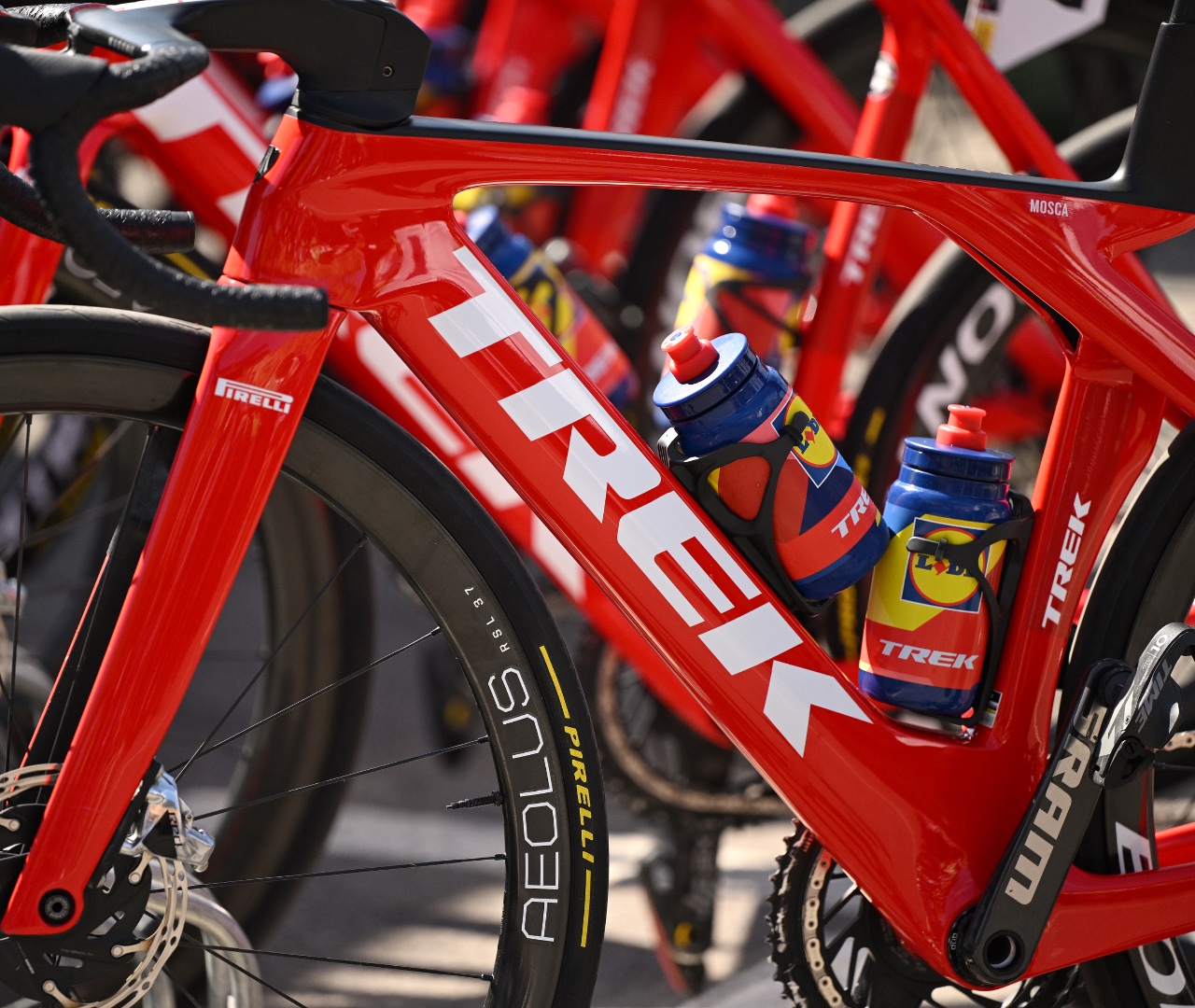
The Trek Madone Gen 7 had a limited time on the top step
Cervélo‘s aero bikes look like a good opportunity. The original Soloist was the forerunner of the aero bike revolution, while the Cervélo R5 California was both very expensive (at the time) and very light. There are fake R5 Californias out there too, a sure sign that there’s money to be made from a bike.
So which modern bikes might make the grade as an investment? Continuing the Trek theme, we’d speculate that the Gen 7 Trek Madone might be one to covet. It’s certainly distinctive, has a racing pedigree and was Trek’s top dog for only a couple of years before being replaced by the Gen 8 bike. We’d guess there aren’t many around – have you ever seen one except on the telly under the pros? – and it may represent peak aero, as aero/lightweight bikes such as the Gen 8 increasingly take over.
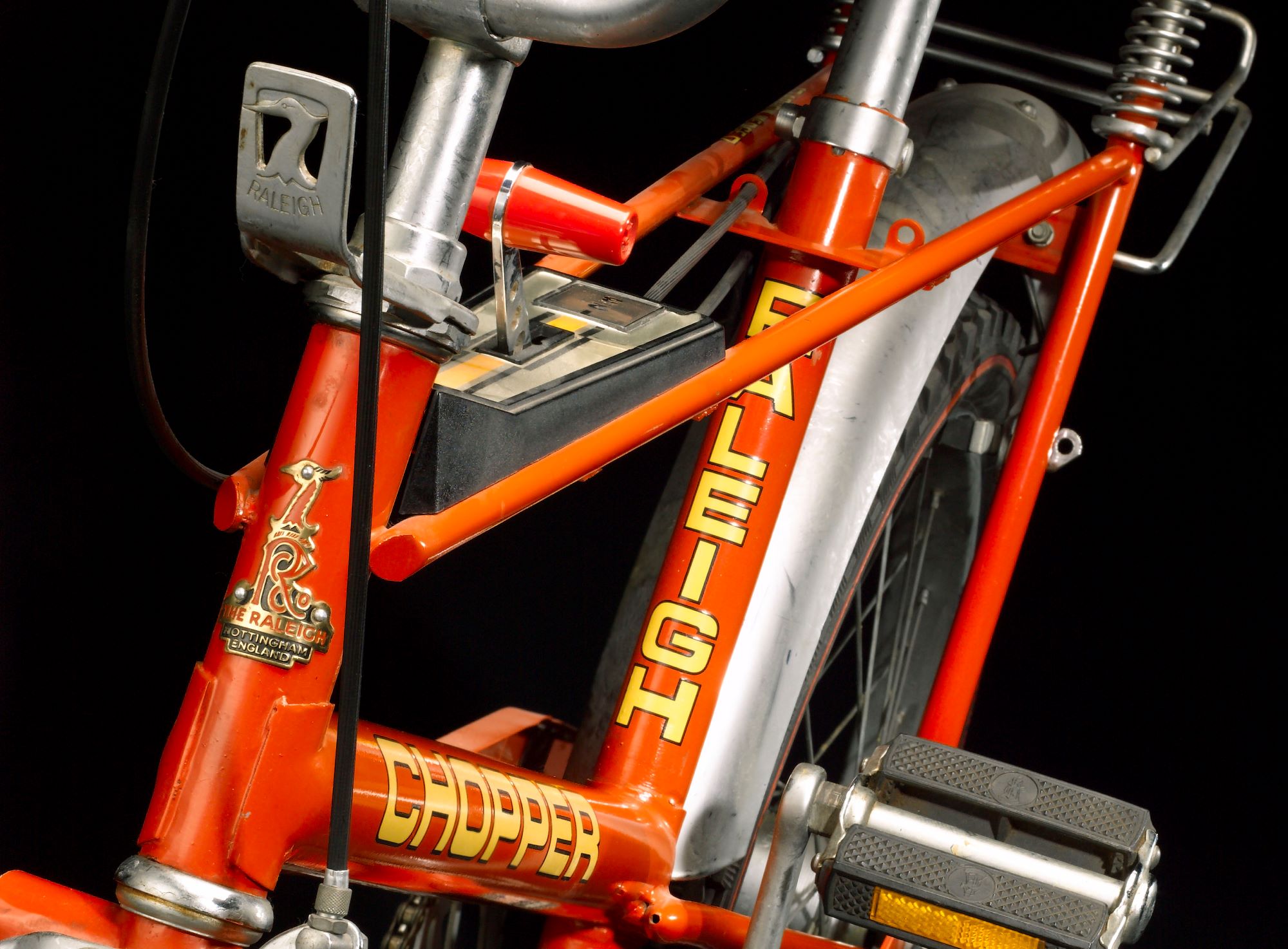
If you've got an old school Raleigh Chopper, you could be quids in
The Hope-Lotus track bike looks to have the makings of a future collectible too. It’s another trend-setter that’s produced in very low volume.
There are still brands making niche bikes in low volumes too: Officina Battaglin’s special edition steel made-in-Italy frames with their million mile guarantee spring to mind.
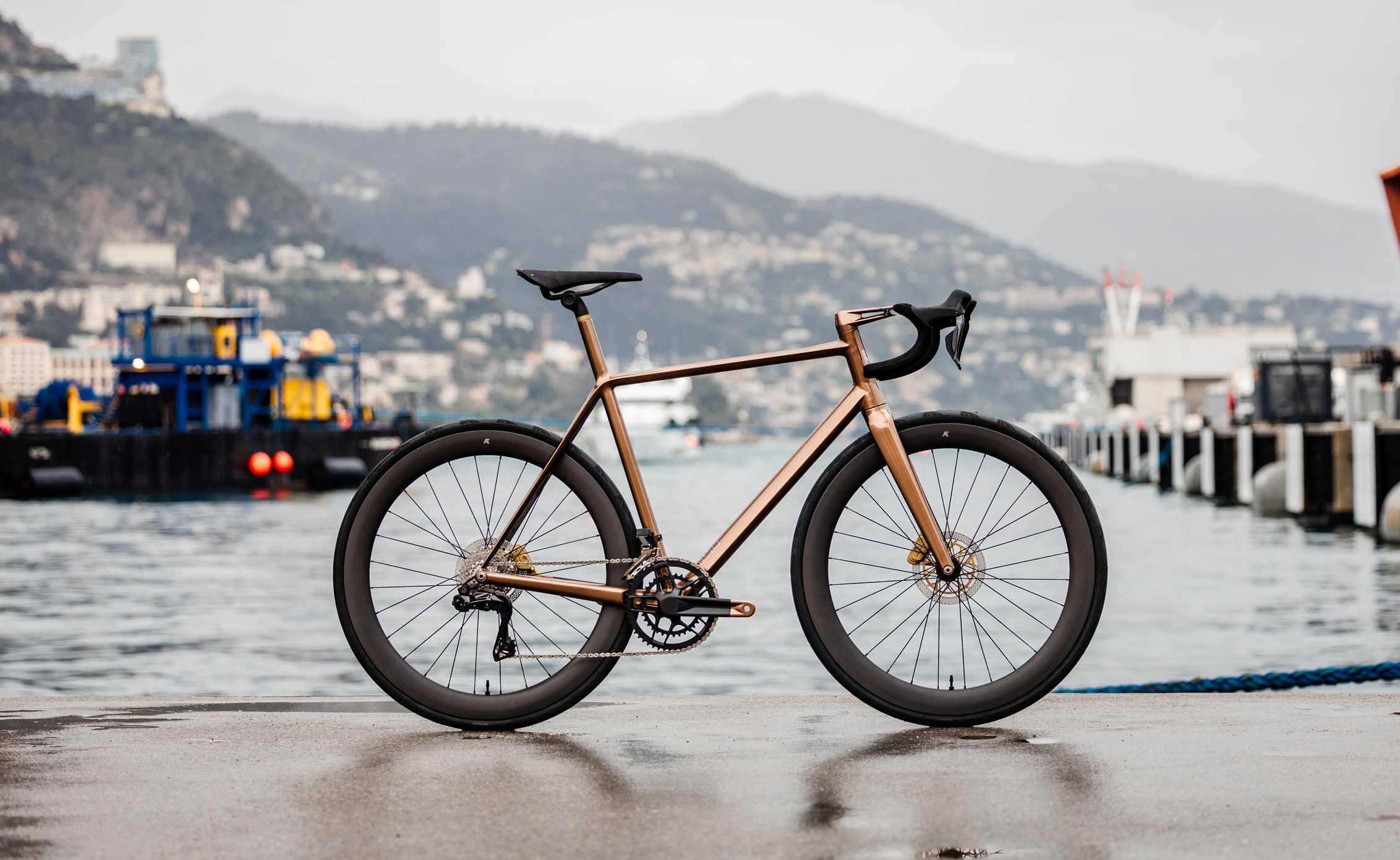
UK brand J.Laverack is another smaller brand and its titanium specialism should shield its bikes from deterioration. Its Aston Martin collaboration looks designed to be admired, not ridden – it even comes with a custom display case – and only 100 will be made, although its potential collectability is probably baked into the price.
Don’t think that it’s just top-end bikes that are collectible though. One of the hottest markets is for the Raleigh Chopper, although Reid suggests that it may be past its peak. One owner who contacted him had bought a Chopper for £15 from someone emptying a garage. Its current value? Around £700.
Paul started writing for Cycling Weekly in 2015, covering cycling tech, new bikes and product testing. Since then, he’s reviewed hundreds of bikes and thousands of other pieces of cycling equipment for the magazine and the Cycling Weekly website.
He’s been cycling for a lot longer than that though and his travels by bike have taken him all around Europe and to California. He’s been riding gravel since before gravel bikes existed too, riding a cyclocross bike through the Chilterns and along the South Downs.
